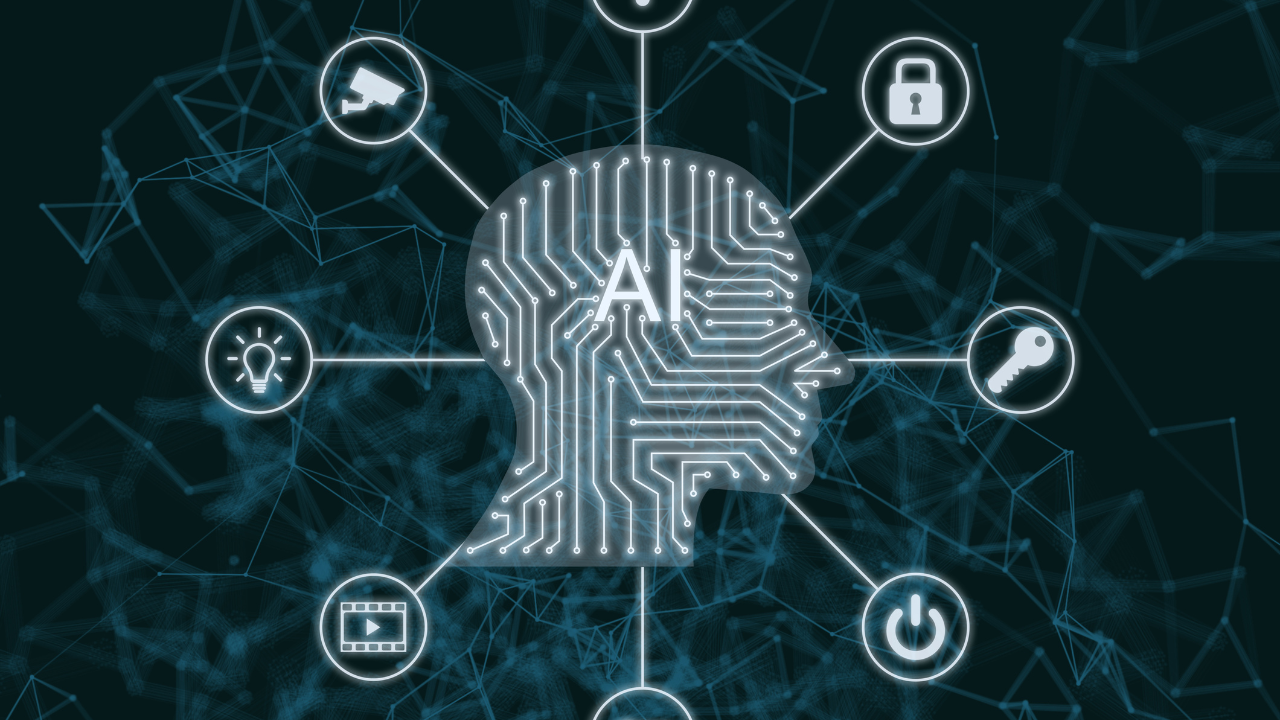



The integration of the Internet of Things (IoT) into classrooms is revolutionizing education by transforming traditional learning environments into smart classrooms. IoT refers to the network of physical devices, appliances, and systems that are connected to the internet, allowing them to collect and exchange data. In the context of education, IoT brings interconnected devices that can improve the learning experience, streamline administrative tasks, and enhance the safety and security of the classroom.
In this article, we will explore how IoT is enhancing smart classrooms, its benefits, challenges, and the future of IoT in education.
A smart classroom is an innovative educational space that uses technology to create an interactive and collaborative learning environment. These classrooms incorporate various IoT devices that collect, analyze, and share data, allowing for real-time adjustments and improvements to the learning experience. Smart classrooms can include devices such as smartboards, sensors, wearable devices, voice assistants, and more, all designed to make learning more efficient, personalized, and engaging.
IoT devices can track individual students' learning progress and provide real-time data on their performance. This information allows teachers to tailor lessons to meet the needs of each student. For example, if a student is struggling with a particular topic, an IoT-powered system can alert the teacher to offer additional help or modify the lesson plan.
With IoT devices, students can interact with each other and the lesson content in more dynamic ways. Smartboards, interactive displays, and digital tablets can facilitate group discussions and collaborative work. IoT-enabled tools such as virtual whiteboards allow students to contribute ideas, solve problems together, and engage with the learning material more actively.
IoT technologies help teachers manage the classroom more effectively. Sensors can monitor classroom conditions such as temperature, lighting, and air quality, ensuring an optimal learning environment. Additionally, smart devices like attendance systems and student tracking tools allow teachers to monitor student behavior and attendance, streamlining administrative tasks.
Smart classrooms can be designed to be energy-efficient, reducing unnecessary costs and environmental impact. Smart lighting and thermostats can adjust based on the number of people in the room or the time of day. For instance, lights and HVAC systems can be automatically turned off when the classroom is empty, or they can adjust to maintain comfort without wasting energy.
IoT technologies play a critical role in ensuring the safety of students and teachers in the classroom. Surveillance cameras, motion sensors, and smart locks can be integrated into the classroom to monitor for any security risks. These devices can alert staff and law enforcement in case of emergencies, providing an additional layer of security.
IoT devices make it easier to integrate remote learning into the classroom, allowing students to participate from home or other locations. Video conferencing tools, connected cameras, and smart audio systems enable real-time communication between students and teachers, providing more accessible learning experiences. IoT can also assist students with disabilities, offering tools like voice-controlled assistants and adaptive learning systems that cater to different needs.
IoT-powered devices make learning more interactive and engaging, keeping students motivated and focused. Interactive displays, smartboards, and educational apps encourage hands-on participation, which leads to better learning outcomes.
With IoT, routine tasks like attendance taking, grading, and classroom management are automated, saving teachers time and allowing them to focus more on teaching. This improved efficiency makes the classroom more productive and organized.
IoT enables educators to offer personalized learning experiences tailored to individual students' strengths and weaknesses. The ability to track student performance in real-time allows teachers to adjust their teaching strategies, fostering a more individualized approach to education.
IoT devices enable immediate feedback to students on assignments, quizzes, and tests. This real-time feedback helps students understand their mistakes and correct them before they fall behind in their studies.
Although the initial investment in IoT devices can be high, over time, these devices can help educational institutions save costs. Energy-efficient systems reduce utility bills, and automated systems free up time for teachers, leading to more efficient use of resources.
While IoT offers numerous advantages, its implementation in classrooms is not without challenges. Here are some of the hurdles educators and institutions face when integrating IoT:
The implementation of IoT technology requires significant upfront investment in hardware, software, and infrastructure. For many educational institutions, especially those with limited budgets, these costs can be prohibitive.
With the proliferation of connected devices comes the risk of cyberattacks. Schools and universities need to ensure that their IoT systems are secure to protect sensitive student and staff data from being hacked or misused.
Not all educators are tech-savvy, and integrating IoT into the classroom may require additional training for teachers. Moreover, there may be technical issues related to connectivity, device compatibility, or maintenance that could disrupt learning.
The use of IoT devices in classrooms raises privacy concerns, particularly with regard to the collection of student data. It is essential for schools and EdTech providers to comply with privacy regulations and ensure that students' personal data is protected.
The future of IoT in education looks promising, with innovations that will further enhance the learning experience. Some emerging trends include:
IoT devices will become even smarter as they integrate with artificial intelligence (AI). AI-powered IoT systems will be able to predict student needs, recommend personalized learning content, and adapt classroom environments in real-time based on student performance.
The rollout of 5G technology will provide faster and more reliable internet connectivity, enabling even more seamless integration of IoT devices in the classroom. This will make real-time data analysis, virtual learning, and interactive tools more effective.
The future classroom will be entirely smart, with IoT devices continuously monitoring student well-being, academic progress, and classroom conditions. These connected systems will work together to create a dynamic and fully integrated learning ecosystem.
The integration of IoT in smart classrooms is revolutionizing the way students learn and teachers teach. By enabling personalized learning, enhancing classroom management, improving energy efficiency, and ensuring student safety, IoT is shaping the future of education. While there are challenges to overcome, such as high costs and security concerns, the benefits of IoT far outweigh the drawbacks, making it an essential tool for modern classrooms.
As IoT technology continues to evolve, it will play an even more significant role in enhancing the educational experience, providing students with the tools they need to succeed in the digital age.
IoT devices such as smart cameras, motion sensors, and smart locks enhance classroom safety by providing real-time monitoring and immediate alerts in case of emergencies.
Yes, IoT devices such as video conferencing tools and connected cameras allow students to participate in lessons remotely, facilitating a seamless learning experience.
IoT devices can automatically control lighting, heating, and cooling systems, ensuring that energy is only used when needed, leading to reduced utility costs.
IoT devices track student performance in real-time, allowing teachers to adapt lessons and assignments to the individual needs of each student.
Privacy concerns include the collection of sensitive student data. Schools and EdTech providers must ensure that IoT systems comply with data protection regulations and safeguard students' personal information.
#trending #latest

University Internships That Help You Get a Job After Graduation... Read More.

Is It Smarter to Start at a Community College... Read More.
 Fake posts hit Czech PM Fiala's X
Fake posts hit Czech PM Fiala's X
Fake posts disrupt Czech PM Fiala's X account security
 Switzerland Tightens Export Rules
Switzerland Tightens Export Rules
Switzerland expands export controls on dual-use goods
 Google unveils Ironwood AI chip
Google unveils Ironwood AI chip
Google introduces Ironwood chip to accelerate AI tasks & apps
 TSMC Q1 revenue up 42%
TSMC Q1 revenue up 42%
TSMC sees 42% revenue surge in Q1, surpassing forecasts
 Amazon CEO Outlines AI Vision
Amazon CEO Outlines AI Vision
Amazon CEO reveals AI investment plans in new letter
 Osaka Hosts World Expo 2025
Osaka Hosts World Expo 2025
Japan blends tech and culture at Osaka Expo 2025 launch
 A16z Plans Big Bet on AI Startup
A16z Plans Big Bet on AI Startup
A16z may lead huge round in ex-OpenAI CTO’s new AI firm.
© MyEduGoal. All Rights Reserved. Design by markaziasolutions.com